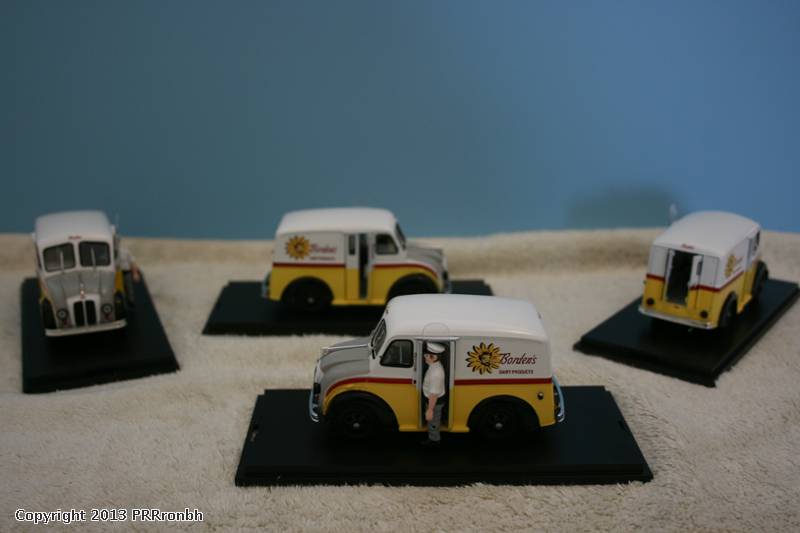Multi-stop forward control walk in vans
The Divco was the quintessential milk truck was produced almost unchanged from 1937 to 1986. It could, like most step vans, be driven in a standing position.
Road Champs produced a model a few years ago and American Heritage has one now.
The International Harvester Metro was built from 1938 to 1975, The original Raymond Loewy style was built until 1964.
These were as common as the Divco during the ‘50s and were used to deliver every thing from milk to bake goods. Nobody dose a 1/43 model,
Cowl and chassis walk in “Bread Truck” van. These were built on a light cowl and chassis by a verity of body manufactures. These also were common in the ‘50s
REA had a fleet of cowl and chassis vans on heavier chassis. They eventually replaced them with large step vans
The common step-van. These were offered by almost every light truck manufacture. Ertl did a 1/43 generic model
The UPS package van is probably the most familiar
There are 1/43 models of the UPS van.
No O scale metropolis is complete without a verity of these vans. Unfortunately, not a big selection exists.
A link to last week's post































